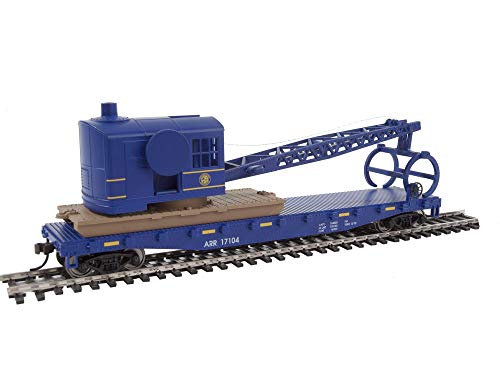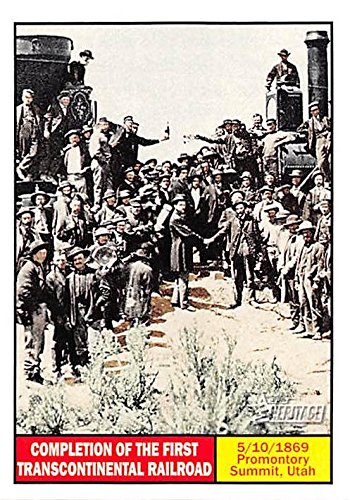A couple of thoughts.
The first is that King Street Station was restored and brought up to modern seismic standards. It would have been cheaper to demolish and start over, too, but the City of Seattle went ahead and restored it at a cost in the hundreds of millions. King Street was a steel frame building to start with, though.
Second is that Amtrak's general approach is not to own or construct stations, so Amtrak backing away is in no way surprising. They generally want local governments/entities to provide station buildings. There are exceptions, notably CUS and Penn Station. Do not know how CUS got into Amtrak's hands, but Penn was acquired as part of the Northeast Corridor in the Penn Central government takeover that brought us Conrail. Perhaps CUS was similar, Pennsy had the largest ownership stake in CUS, but I don't know. Both CUS and Penn offer real estate income opportunities in leasing that Portland probably wouldn't, though.
Separate ownership of the station building and rail infrastructure is not unusual. It's pretty common. For example, my understanding is LAUS was under that model, at least for awhile, with the platforms/rail owned by SCRRA and the headhouse by Catellus. Since the acquisition of the headhouse by LA Metro, that may have changed. In smaller cities it is extremely common with cities owning stations, railroads the rail and platform.
Bottom line, I think the City of Portland is trying to dump something that customarily would be their responsibility under current models. Seattle stepped up, Portland appears to be stepping down. Perhaps they should be shopping for grants, not a buyer.
Finally, I vehemently disagree with the description of Portland as "cave". The interior is beautiful, original and well maintained. It is a lovely station. It never needed to "restored" as King Street was, it was maintained in its original design. King Street had been "modernized" into a Mid-century Bus Station motif and was a pit. It was truly a cave. Seattle undid that and put it back to its original look. At Portland there's nothing to undo.


























































